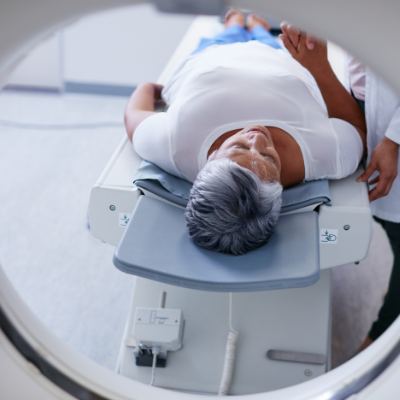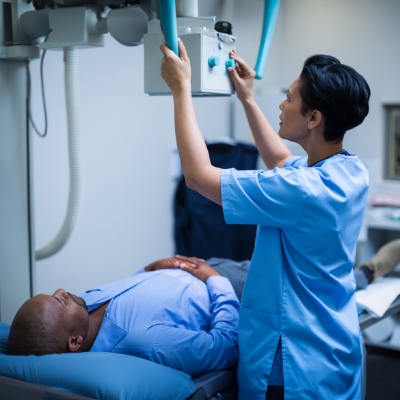The Protecting Access to Medicare Act (PAMA) appropriate use criteria (AUC) program is an evidence-based delivery approach that is good for patients, providers and taxpayers. The program has not been repealed but has been paused while Congress considers legislative improvements to the program. Utilizing AUC improves health outcomes, supports decision making, fosters an educational environment for providers and results in cost saving care.
The American College of Radiology® (ACR®) and the Centers for Medicare and Medicaid Services (CMS) strongly urge providers that have already implemented clinical decision support (CDS) programs to continue using them to make informed decisions on advanced imaging.
Benefits of the AUC program include:







